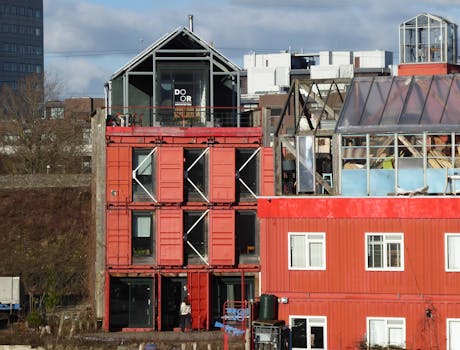
Sustainable Cities: How Europe is Shaping Eco-Friendly Lifestyles by 2025
Sustainable Cities: How Europe is Shaping Eco-Friendly Lifestyles by 2025. As the world grapples with the challenges of climate change, environmental degradation, and social inequality, the concept of sustainable cities has become increasingly important. Europe, with its rich history, cultural diversity, and strong economic foundation, is at the forefront of this movement. In this article, we will explore how European cities are shaping eco-friendly lifestyles and what we can learn from their experiences.
Introduction to Sustainable Cities
Sustainable cities are urban areas that have made a commitment to reducing their environmental impact, promoting social equity, and fostering economic growth. These cities recognize that the well-being of their citizens is closely tied to the health of the planet and are taking proactive steps to create a better future for all. From green architecture to renewable energy, sustainable transportation to waste reduction, European cities are implementing a wide range of initiatives to minimize their ecological footprint.
European Cities Leading the Way
Several European cities are standouts in the sustainable city movement. Copenhagen, Denmark, for example, has set a goal of becoming carbon neutral by 2025. The city has implemented a number of initiatives to achieve this goal, including a biomass-powered district heating system, a comprehensive network of bike lanes, and a green roof policy. Stockholm, Sweden, is another leader in sustainable urban development. The city has implemented a congestion tax, which has reduced traffic congestion and decreased air pollution. Stockholm is also home to the world’s first urban algae farm, which produces biofuel and animal feed.
Green Initiatives and Policies
European cities are also implementing a range of green initiatives and policies to promote sustainable living. These include green building codes, which require new construction to meet high energy efficiency standards, and urban agriculture initiatives, which provide citizens with access to fresh, locally grown produce. Many cities are also investing in renewable energy, such as wind and solar power, to reduce their reliance on fossil fuels. In addition, European cities are implementing policies to reduce waste and increase recycling, such as pay-as-you-throw systems and composting programs.
Conclusion
In conclusion, European cities are shaping eco-friendly lifestyles and providing a model for sustainable urban development. By investing in green initiatives and implementing policies to reduce their environmental impact, these cities are creating a better future for their citizens and the planet. As we look to the future, it is clear that sustainable cities will play a critical role in addressing the challenges of climate change, environmental degradation, and social inequality.






